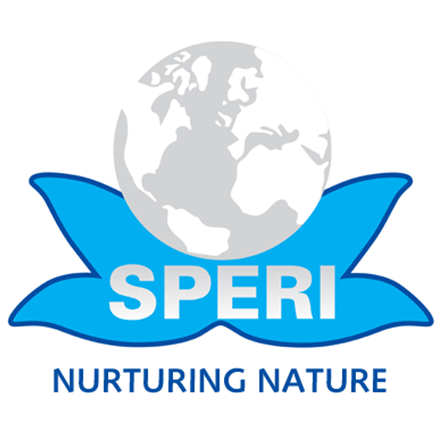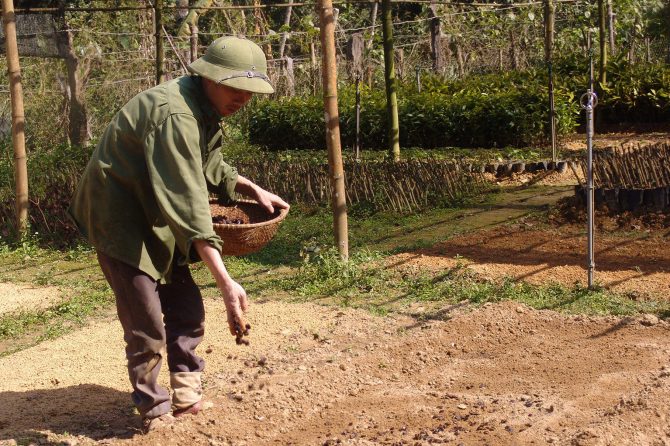2015 VIETNAM
Restoration of local valuable tree species in the Huong Son upper catchment through nursery, extension of plantings, and field documentation for ensuring sustainability of SEPLS
Social Policy Ecology Research Institute (SPERI)
Community / field-based implementation
Landscape
Overview
Natural forests in Huong Son district have been rapidly degrading due to poor management, illegal logging and replacement by rubber and acacia plantations. Yet these forests include locally valuable tree species, which are vitally important to local communities for their livelihood and cultural identity, as well as to maintain wildlife habitats. The project therefore focused on restoring the stands of local tree species and maintaining indigenous knowledge associated with these species. It built on existing learning platform in the target communities, i.e. ‘farmers field schools’ (FFS), which enhances participation of rural farmers.
Key achievements
- This SDM project significantly promoted the implementation of activities under IPSI Strategic Objective 2 - i.e. address the direct cause responsible for the loss of biological and cultural diversity. It empowered local communities and stakeholders to address the loss of local tree species by field documentation, nursery and extension of plantings on farms.
- The project responded to critical needs of this catchment area by raising the importance of restoring natural forests with local species and its ecosystem services. Local people have realised the need to plant more local tree species on the landscapes instead of mono-cropping of pines, rubber and acacia.
- The community-based native tree nursery became the heart of a series of activities: cultural, educational and practical activities, livelihood promotion, species restoration, biodiversity attraction, fun and relaxation.
Lessons
“To preserve traditional medicine is to preserve the old forests; to preserve the old forests is to preserve the homes of the Thai people; to preserve the homes of the Thai people is to preserve the mother tongue of the Thai; and to preserve the mother tongue of the Thai people is to preserve the customs, the beliefs, and the morals of the Thai people…”
Traditional saying of an Elder of the black Thai minority from Central Viet Nam describing the interrelationship between herbal plant species, forests and cultural values of his people.
- It is critically important for a successful project to create and maintain a tight relationship with local people and community, understanding and responding to their needs, and realising the importance of local knowledge and practice for ecosystem services. This includes involving the younger generations to allow the continuity of wisdom and practices.
- There is a lack of documentation of the rich knowledge that local communities have developed from life experiences and observations. The documentation under this project filled the gap by allowing for a good combination of certain scientific ethno- botanist knowledge, engagement of local knowledge and experts, experimental knowledge and community wisdom.
- A community-based native nursery is a good model that could be applicable in many SEPLS, where the objective is to preserve forest biodiversity in a harmonious relationship with local communities.
Project location
Organisation

Social Policy Ecology Research Institute (SPERI)
- Sector
- Academic, Educational and / or Research Institute
- Country
- Vietnam
- Website/SNS
- http://speri.org/eng/
Relevant projects
Projects of the same year
Aichi Biodiversity Targets
Aichi Biodiversity Targets
-
Biodiversity values integrated
-
Habitat loss halved or reduced
-
Sustainable agriculture, aquaculture and forestry
-
Protected areas increased and improved
-
Ecosystems and essential services safeguarded
-
Traditional knowledge respected and integrated
Sustainable Development Goals
Sustainable Development Goals
-
Life on land

